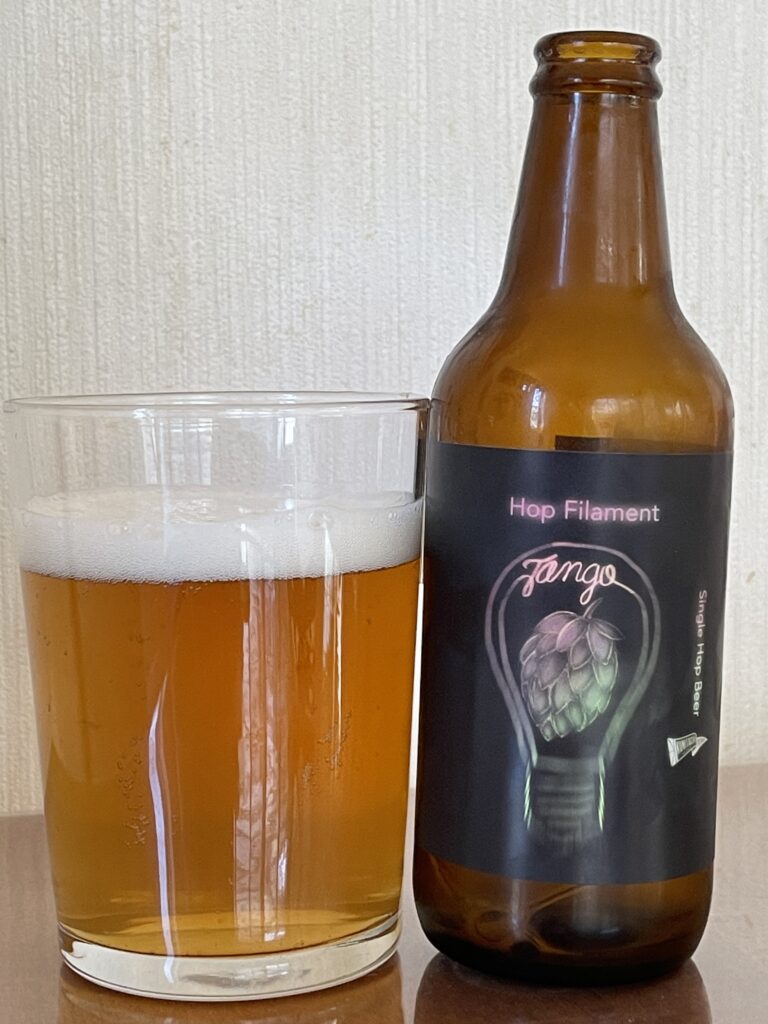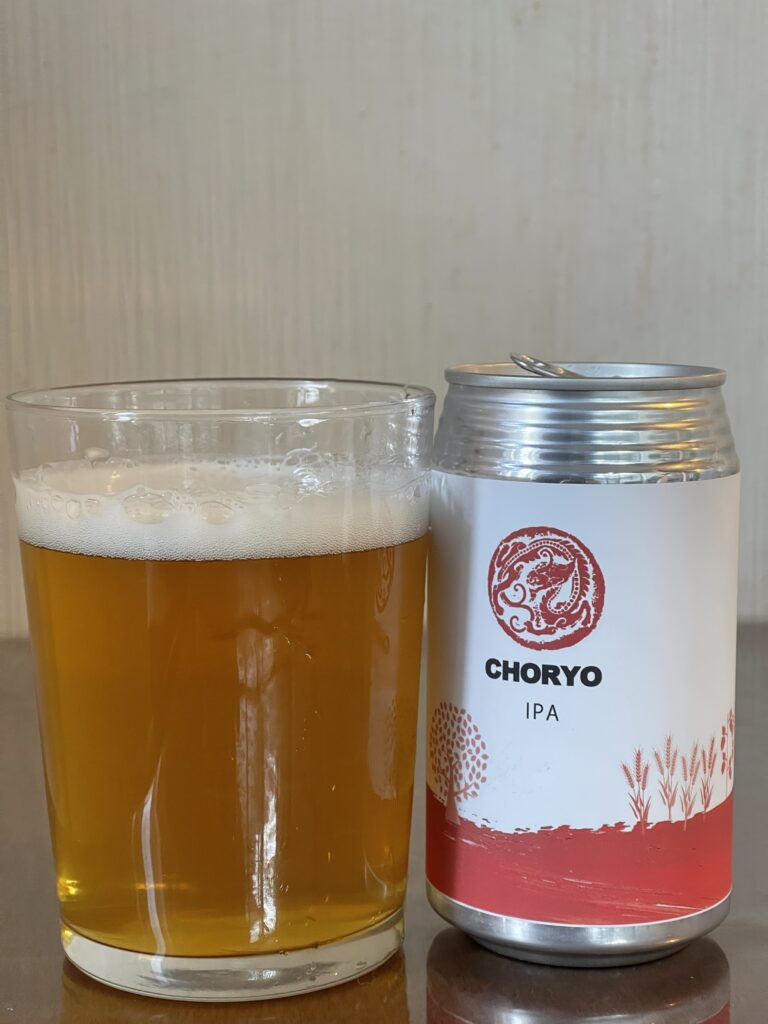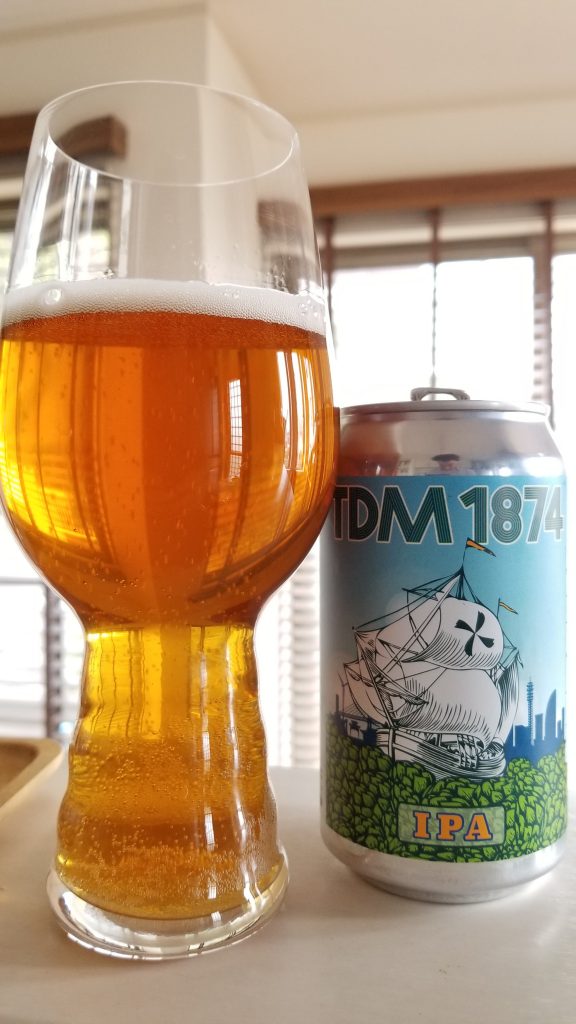Welcome to the fourteenth in our series of “Sources of Style” – as voted on by the Patrons is the fabled American IPA. Clearly our Patrons hate us for some reason, else why would you choose perhaps one of the most popular styles of craft beer right now, and one with so many different sub-styles. For this one, we’re going to focus on the classic American IPA – the crisp, clean, and bitter one that perhaps reinvigorated the interest in craft beer in Japan, if not across the world.
History of American IPA
The American IPA can trace its routes back to the mid-1980s, moving away from the mythical English IPA, the one that got extra hopped on its way to India before taxes and a few wars got in the way of its production and exporting. This meant that space in fields was used for growing crops and malt, with hops becoming a secondary factor when brewing.
Back in the mid 60s and early 70s, malt was the main factor in making beer; however, the American market wanted to make something of their own. Germany had lagers, Czechoslovakia (at the time) had pilsners, Belgium had abbey ales, the UK had bitters, but there wasn’t anything that was truly American, besides the steam beer being made on the West Coast, but even that had origins in Germany, under the name of dampfbier. [https://web.archive.org/web/20141003135237/http://www.germanbeerinstitute.com/Dampfbier.html]
Though homebrewing was in technically illegal in the USA until 1978, there were some small craft breweries that had began to focus on a beer style that was more hopped than other beers but used more locally grown ingredients, such as 6-row barley, a strain that is more harder and designed, and with a wider range of hops available to the local market, allowing the brewers to put a new spin on the flavour. English IPAs tended to be earthier in flavour than their American counterparts, but even back then, American IPAs weren’t predicted to be as popular as they are now.
Most beers at the time had a very low bitterness, measure in IBU (International Bittering Units) that measures how bitter the beer is, ranging from 0 (no perceived bitterness) to over 100 units. The IBU measures the amount of iso-alpha acids, produced by adding hops and then boiling them to secrete out the alpha acids. The longer you boil, in theory, the more alpha acids you can draw out and the bitterer the beer you get. IBU is not determined by the perceived bitterness of the taste of the beer.
For example, the bittering effect of hops is less noticeable in beers with roasted malts or strong flavours, so a higher proportion of hops would be required in strong flavoured beers to achieve the same perceived bitterness in moderately flavoured beers. For example, an imperial stout may have an IBU of 50, but will taste less bitter than a pale lager with an IBU of 30, because the pale lager has a lower flavour intensity. After around 100 IBU, hop utilization is so poor that the number ceases to be meaningful in regard to taste, although continued hop additions will increase bitterness. Light lagers without much bitterness will generally have 8-20 IBU, while an India pale ale may have 60-100 IBU or more.
IPAs from the first period tended to be heavy on the bitterness, and heavy on the crystal and dark malts. These beers tended to be harsh on the palate and did not resemble the American IPAs that exist now. It was essentially a race to put as many hops into a beer as possible, making the beer as bitter as possible, without much actual thought for the flavour profile of the beer itself.
In the 1990s however, when brewers began to realise that hops could also bring flavour as well as bitterness. This meant that rather than boiling the hops to extract as much bitterness from them as possible, the hops began to be added later and in varying amounts to extract the aroma and flavour from them. Dry-hopping, where hops are added after the yeast has converted the wort (the sugary liquid) into alcohol, also began to see an increase in popularity. Dry hopping allows more of the flavour and aroma compounds to be drawn out of the hops than bitterness, creating a more flavourful beer.
Compounded with a larger variety of hops on hand than in Europe, the American hop market began to blossom and new research was done into hops. These hops were cross-bred, researched, categorised, and adopted by breweries for different usages and flavour profiles. Some were more suited to producing bitterness while others were more suited to flavour and aroma [add link to Wikipedia page https://en.wikipedia.org/wiki/List_of_hop_varieties]. Throughout this time, the American IPA began to evolve – West Coast IPAs, Double IPAs, NE-IPAs, and it continues to do so to this day – styles we’re going to look at in the future.
American IPA – Appearance, Aroma, and Taste
With so many sub-styles of IPAs, we’re going to focus on the classic American IPA though the style guide is quite wide for this beer with the importance being placed on the aroma and flavour:
Appearance: Medium gold to medium reddish copper; some versions can have an orange-ish tint. Should be clear. Good head stand with white to off-white color should persist.
Aroma: A prominent to intense hop aroma with a citrusy, floral, perfume-like, resinous, piney, and/or fruity character derived from American hops. Some clean malty sweetness may be found in the background, but should be at a lower level than in English examples. Fruitiness, either from esters or hops, may also be detected in some versions, although a neutral fermentation character is also acceptable. Some alcohol may be noted.
Flavor: Hop flavor is medium to high, and should reflect an American hop character with citrusy, floral, resinous, piney or fruity aspects. Medium-high to very high hop bitterness, although the malt backbone will support the strong hop character and provide the best balance. Malt flavor should be low to medium, and is generally clean and malty sweet although some caramel or toasty flavors are acceptable at low levels. No diacetyl. Low fruitiness is acceptable but not required. The bitterness may linger into the aftertaste but should not be harsh. Medium-dry to dry finish. Some clean alcohol flavor can be noted in stronger versions. Oak is inappropriate in this style. May be slightly sulfury, but most examples do not exhibit this character.
Classic ingredients: Pale ale malt, American hops; American yeast that can give a clean or slightly fruity profile. Generally all-malt, but mashed at lower temperatures for high attenuation.



Recommend Japanese American IPAs
Kunitachi Hop Filament Tango by Kunitachi Brewery
Shiga Kogen No 10 Anniversary IPA
Two Rabbits Single Hop IPA Idaho 7 by Two Rabbits Brewing Company